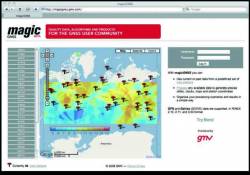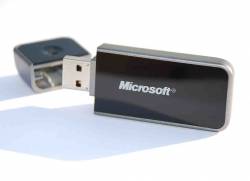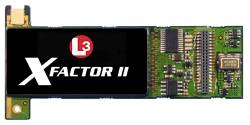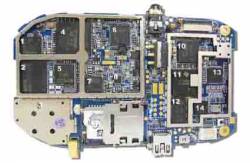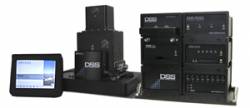SpectraTime Wins ESA Contract for New Space Maser
Neuchâtel, Switzerland–based SpectraTime, a member of the Orolia group, has received a €2.5-million research contract from the European Space Agency (ESA) to develop critical technologies for future space-qualified active maser, a critical component of the ACES (Atomic Clocks Ensemble in Space) scientific program.
By Glen Gibbons

